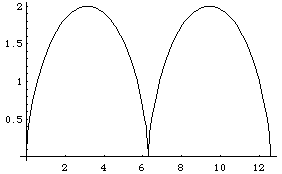Pierre de Fermat Last Theorem (Differential Calculus)
Fermat's theorem of three integers a, b, c is the last state and can satisfy the equation for an integer value greater than cn = n + BN. This theorem of Pierre de Fermat's conjecture, a famous in 1637 by the first, the edge is a sign of the numerical model was too large to fit the border. Despite many successes, until 1995, published a proof of the efforts of mathematicians in the last 358 years. 19. Opinion century unsolved problem, algebraic number theory and modular 20 has stimulated the development of proof. In 1995, the most famous theorems in mathematics from the Guinness world records made before in the history books of a "most difficult subject of mathematics."
But the assumption is that all evidence indicates the cause of Fermat, nn = 4. This question is reduced to prove the theorem, the main exhibition hall. Even if a situation looks like, another two centuries (1637-1839) Sophie Germain at all the numbers in C, only the numbers 3, 5 and 7, were proven to be estimated 19 century, Ernst, first proved for regular Kummer's theorem. Kummer's prime minister, four million for the work of other mathematicians one could speculate everything tomorrow gets more use for the studies.
But the assumption is that all evidence indicates the cause of Fermat, nn = 4. This question is reduced to prove the theorem, the main exhibition hall. Even if a situation looks like, another two centuries (1637-1839) Sophie Germain at all the numbers in C, only the numbers 3, 5 and 7, were proven to be estimated 19 century, Ernst, first proved for regular Kummer's theorem. Kummer's prime minister, four million for the work of other mathematicians one could speculate everything tomorrow gets more use for the studies.
Pierre de Fermat Last Theorem (Differential Calculus)
Pierre de Fermat Last Theorem (Differential Calculus)
Pierre de Fermat Last Theorem (Differential Calculus)
Pierre de Fermat Last Theorem (Differential Calculus)
Pierre de Fermat Last Theorem (Differential Calculus)
Pierre de Fermat Last Theorem (Differential Calculus)
Pierre de Fermat Last Theorem (Differential Calculus)
Pierre de Fermat Last Theorem (Differential Calculus)
Pierre de Fermat Last Theorem (Differential Calculus)
Pierre de Fermat Last Theorem (Differential Calculus)
Pierre de Fermat Last Theorem (Differential Calculus)
Pierre de Fermat Last Theorem (Differential Calculus)









0 Response to "Pierre de Fermat Last Theorem (Differential Calculus)"
Post a Comment